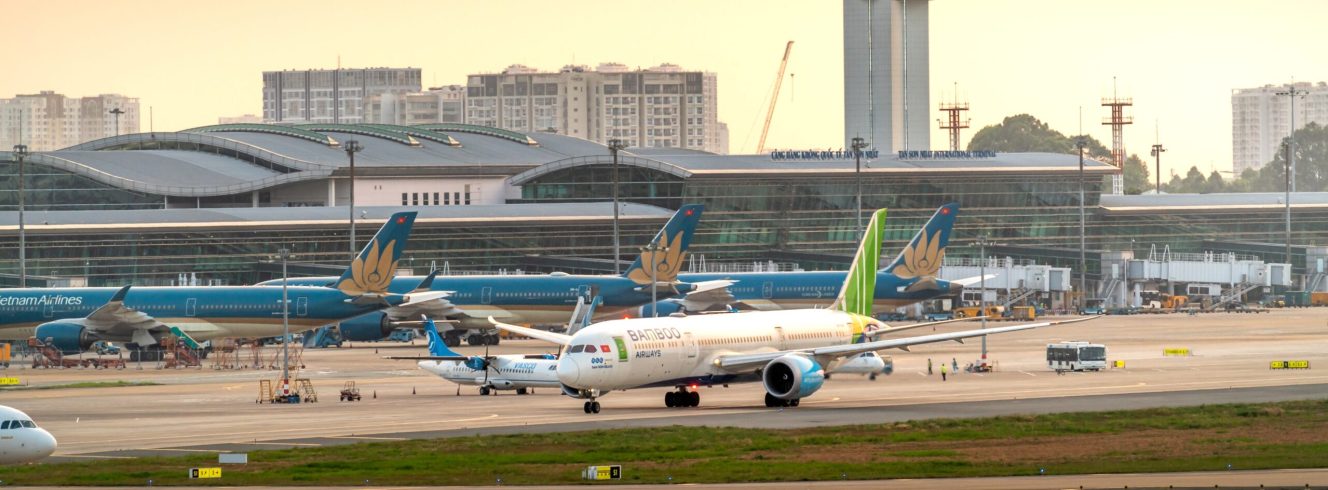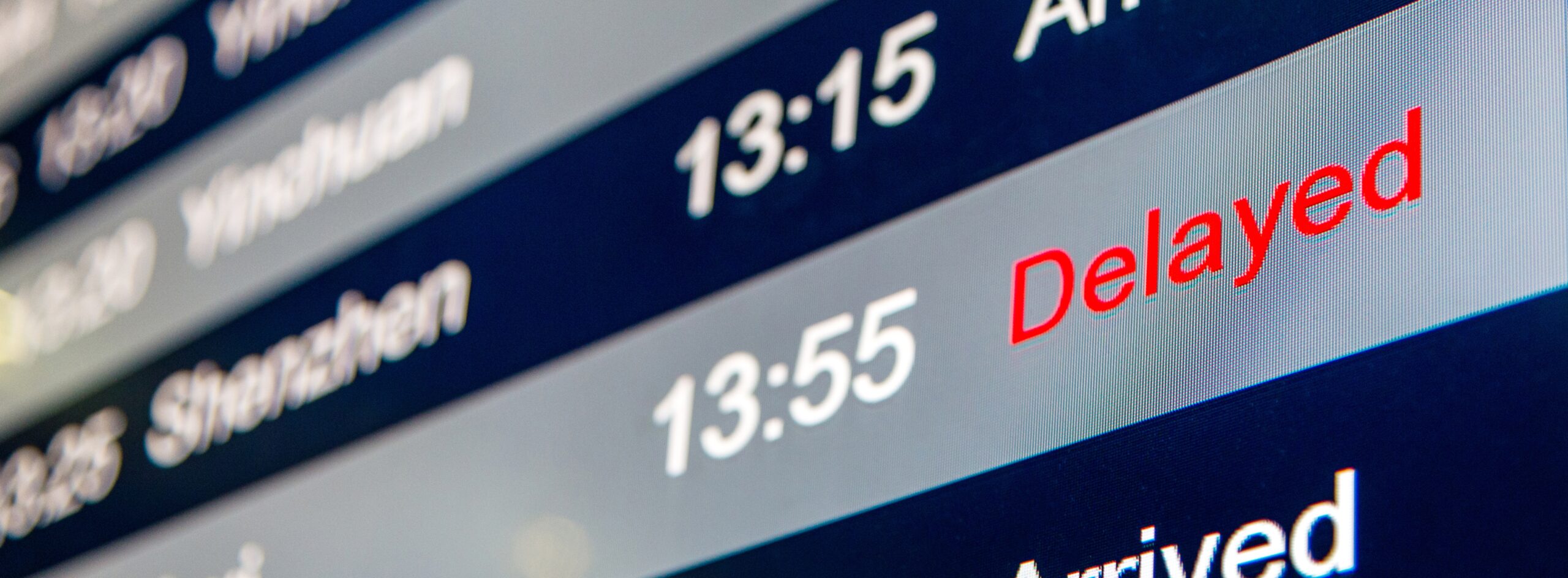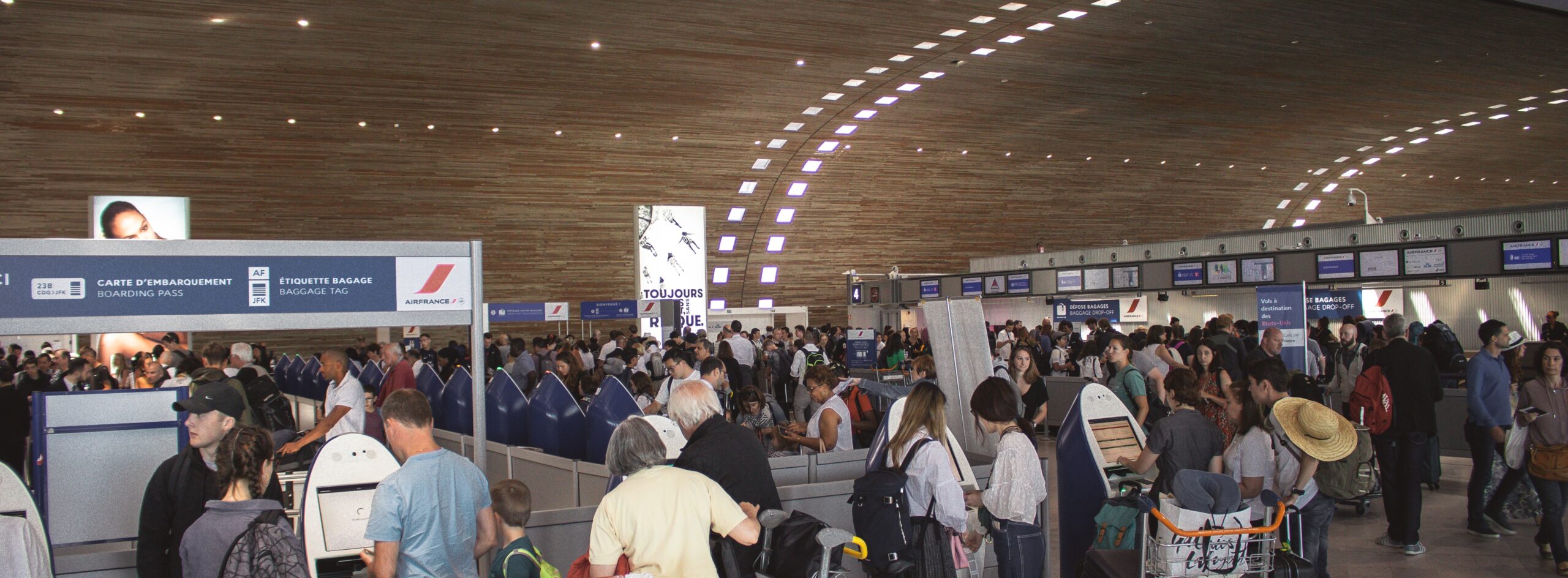Introduction
In 2025, recovery speed defines passenger trust. The latest airline disruption management software helps carriers predict delays and cancellations, notify travelers instantly, and enable self-service reaccommodation across web, app, and kiosks – cutting call volumes and compensation exposure while protecting brand reputation. This list highlights ten airline disruption management tools known for passenger-facing recovery (no crew legality or equipment swap), so airline teams can evaluate options quickly and choose the right airline management solutions for their network.
Key Takeaways
- Prioritize true self-service rebooking that respects fare rules, ancillaries, and priorities.
- Predictive triggers (weather, events/strikes, history) drive earlier offers and smoother recovery – think flight delay and cancellation prediction software that informs action.
- Omni-channel, automated IROPS notifications (email, SMS, push, WhatsApp) must include deep links to rebook.
- Voucher/refund automation and airline compensation management software reduce manual effort and chargebacks.
- Integration breadth, analytics, and time-to-value matter more than long feature checklists.
What Is Airline Disruption Management Software?
A platform that anticipates and manages delays/cancellations, communicates tailored options, and executes policy-based, passenger self-service re-accommodation – including alternative flights, vouchers, or refunds – securely synchronized with core airline systems. Modern platforms pair AI disruption prediction for airports and airlines with rules engines to trigger the right action at the right moment.
Key Features to Look For
- Self-service re-accommodation engine (inventory-aware, policy-driven)
- Prediction & alerts (weather, predefined events/strikes, historical patterns)
- Automated IROPS notifications with rebook deep links
- Voucher/refund orchestration with rules and caps
- Policy engine (tiers, minors, groups, MCT/connection logic)
- Analytics & reporting for uptake, recovery time, cost – robust airline data analytics & reporting software
How to Choose the Right Solution
- Scope first: Passenger re-accommodation only to accelerate rollout.
- Check integrations: PSS/DCS, NDC/EDIFACT, payment/refund, SSO/CRM.
- Decide on metrics: Time-to-recover, voucher/refund automation rate, cost per disrupted pax.
Top 10 Best Airline Disruption Management Tools (2025)
1) VoyagerAid – Airline Disruption Management Software
Best for: Carriers prioritizing proactive, policy-based self-service.
Standout: Self-service reaccommodation; AI disruption prediction (weather, predefined events/strikes, historical data); passenger & flight scoring; policy-based vouchers/refunds; automated IROPS notifications via multiple channels; analytics for recovery KPIs.
2) Amadeus – Passenger Recovery / Self Re-accommodation
Best for: Amadeus-stack airlines seeking native flows.
Standout: Inventory-aware passenger journeys, policy-driven options, integrated notifications and ticketing.
3) Sabre – Self-Service & IROPS Reaccommodation
Best for: Sabre carriers standardizing day-of-ops recovery.
Standout: Automated offers, self-service selection, synchronization with Sabre inventory and documents.
4) Plan3
Best for: PSS-agnostic deployments and quick pilots.
Standout: Clean UX for passenger choice; automation layered beside existing stacks; fast time-to-value.
5) 15below
Best for: Deep automated notifications with action-oriented microsites.
Standout: Personalized comms that embed accept/decline/rebook/refund actions tied to the PNR.
6) WNS RePAX
Best for: A services-backed approach to disruption recovery.
Standout: Notify → prioritize → rebook → refund/hotel workflows designed to compress recovery windows.
7) Volantio
Best for: Proactive seat re-assignment and capacity shaping (peaks/overbooking).
Standout: Targeted incentive offers moving passengers to earlier/later services; measurable uptake.
8) Navitaire (New Skies) – Self-Service Flows
Best for: LCCs/hybrids on Navitaire wanting native rebooking journeys.
Standout: Day-of-departure options surfaced directly within airline digital channels.
9) Switchfly – IROP Management (Passenger Care)
Best for: Mobile-first passenger care complementing rebooking.
Standout: Automated notifications and care workflows that pair with self-service paths.
10) ITS – IROP Reaccommodation
Best for: Ops teams seeking manifest-driven auto-rebook.
Standout: Rapid identification and automated move-to-alternatives for eligible passengers.
Why VoyagerAid Deserves a Spot
VoyagerAid unifies self-service reaccommodation, AI-assisted prediction, passenger/flight scoring, policy-based vouchers/refunds, and automated notifications across channels. The result is faster recovery, lower call volume, and improved NPS – without expanding agent headcount.
Conclusion
Passenger-led recovery is now the fastest route from disruption to resolution. Start with integrations, launch a focused rollout, and scale based on self-service uptake and refund automation. The ten platforms above offer solid paths to modernize recovery and reduce cost per disrupted passenger.



